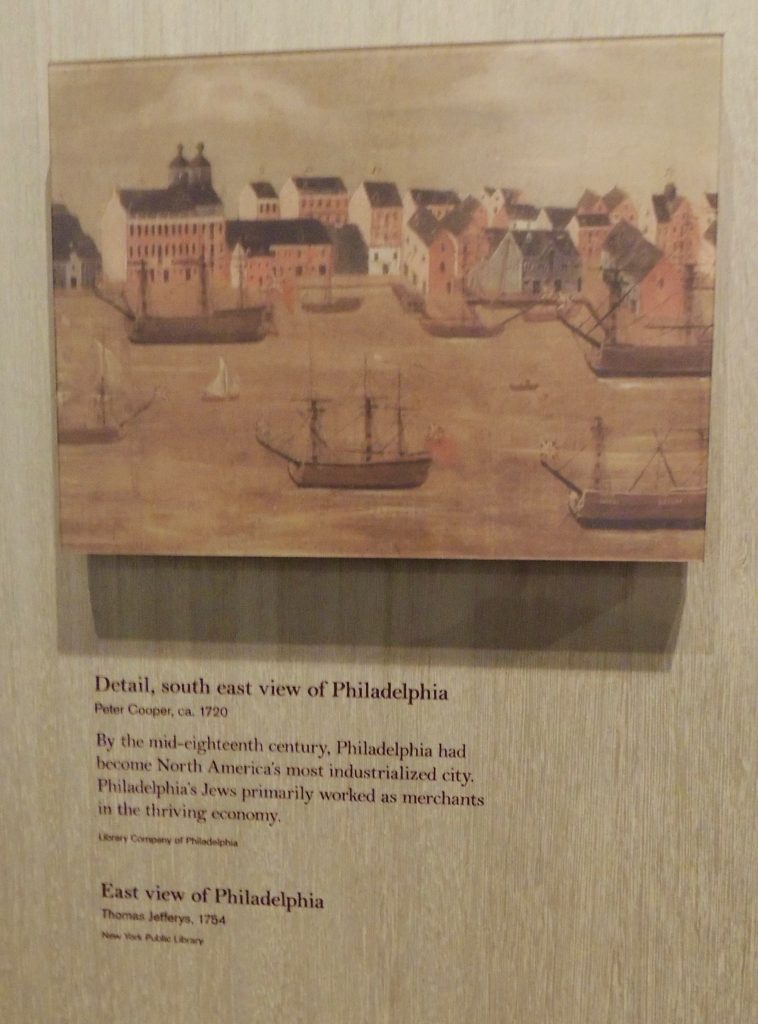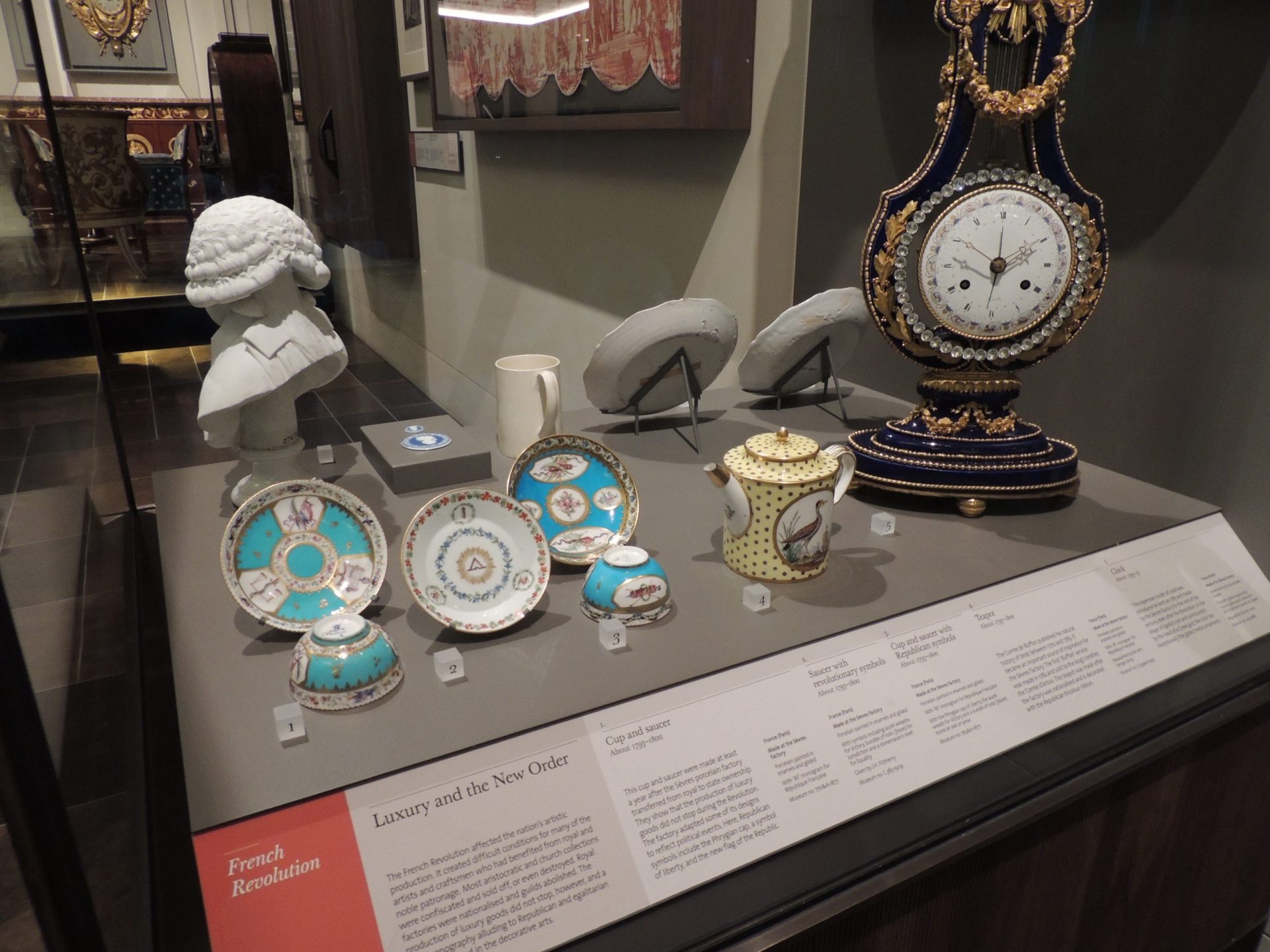Exhibit labels tell your visitors what they are looking at, but, more importantly, labels are what make your collection of things a museum exhibit. Visitors want to know what the objects are, how old they are, who used them, what they were used for, and so on. Otherwise, they could have just gone shopping.
Hansen, Great Exhibits!, 41
One of the most important things your visitors will remember are the labels they read as they stand before each object. A good collection, however, will guide visitors through a room much like a paper guides readers through an argument. Just as your paper has an introduction that sets the stage, so too does an exhibit. A good introduction will also provide a roadmap for what is to come by indicating that the different themes or sections of the exhibit. As you approach each section of the exhibit in the room, there will be a new label explaining that section or theme. Each object will also have a label, that makes sense of how the object fits within the larger exhibit and provides crucial information about who, what, when, and where.
Write Your Introduction
One of the key types of labels in a exhibition is the introduction, or as it is sometimes called the “Exhibition Title Label.” In addition to getting your visitors ready to see your collection, your introduction should clarify both the name of the exhibit and your thesis. This sign will help them understand the context of each object. (Hansen, Great Exhibits, 42). A good introduction will also stealthily introduce visitors to the sections of the exhibit. Below is an example of an introduction label from an exhibit on Luxury, Liberty & Power at the Victoria & Albert Museum (V&A) in London. You can listen to the online introduction to this room.
Write Section Labels
Remember how each of your objects that you choose included a theme? These themes can help you break your exhibit into sections. For each section, make sure you have a label that gives the section’s title and a short introduction to the theme. In the case below from the V&A, notice how they have used color to tie to the section to main exhibit.
Write Object Labels
Interpretative labels for objects in an exhibit should be brief but tie the object back to the big ideas of the exhibit. The viewer shouldn’t have any doubt why it is in the exhibit or even that section of the exhibit. Yet, the label should also make sense of its own. Labels are short (about fifty words) and only three to four sentences.
Here are suggestions from Beth Hansen on what you might want to include beyond the Title, Date, Creator, and Geographic Location, and Source:
1. Start with something physical about the object.
- This is a ______________
- This was made out of_________________
2. Tie the object to the exhibition theme.
- These were commonly used for___________
- This was used on the occasion of______________
- This was made by__________________
3. Give us one or two fun details
- If you look closely you can see__________
- The owner of this particular one said (or did)_____________
- These were rare (or common) because__________________
Now STOP. Labels are short (about fifty words) and only three to four sentences total. (Hansen, Great Exhibits, 45) Notice how sparse the description is below for this item in the National Museum of American Jewish History in Philadelphia.

Worksheet
Download as Word doc.
Need more help? Check out this fantastic book:

